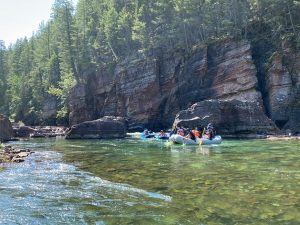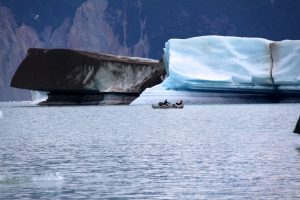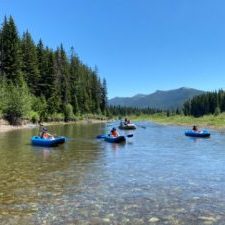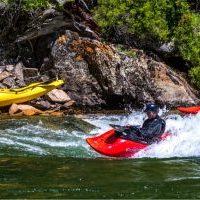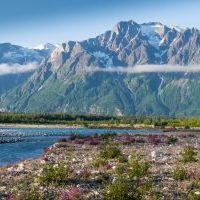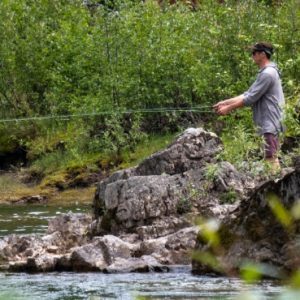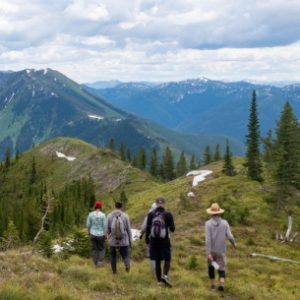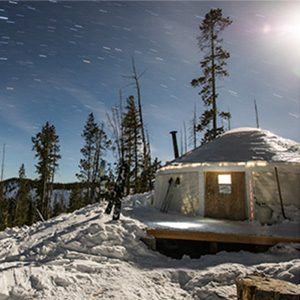How to ‘Leave No Trace’
March 17, 2015
On our whitewater rafting trips, we camp in a lot of national parks and wilderness areas where we follow leave no trace practices, leaving the campsite as we found it or better. This is to prevent litter and micro trash and keep the campsite clean for the next people who come along to set up camp there. Here are some of the ways we incorporate the principles of leaving no trace into our trips:
- Travel and camp only on durable surfaces. For most of the trip, we don’t have to worry about this, as we will be traveling on the river, but it’s important to set up camp on surfaces that have been used before if possible. Use existing or designated campsites, and don’t camp on vegetation. Also, you should try not to create new trails by crushing plants if there are already established trails available.
- Pack it in, pack it out. It is important that travelers in national parks and wilderness areas contain any trash they create while visiting the area and pack it out with them. Don’t think that just because food is biodegradable, it’s okay to leave it on the ground — if people frequently leave food in a certain area, wild animals who live in that area will become habituated to finding food there. This creates problems by attracting bears, bees and rodents to the area.
- Leave what you find. Try to resist taking souvenirs with you out of the wilderness. If everyone took something with them, there would be nothing left for future visitors to enjoy. This is especially important with historical items like Native American artifacts or pioneer tools.
- Respect wildlife. Don’t try to get close to animals, and especially don’t try to pet or feed them. Remember that you are just a visitor, and this is the animals’ home year-round.
For more information about how we run our adventure rafting trips, or for help choosing the right trip for you, contact us at 800-252-6581 today.
